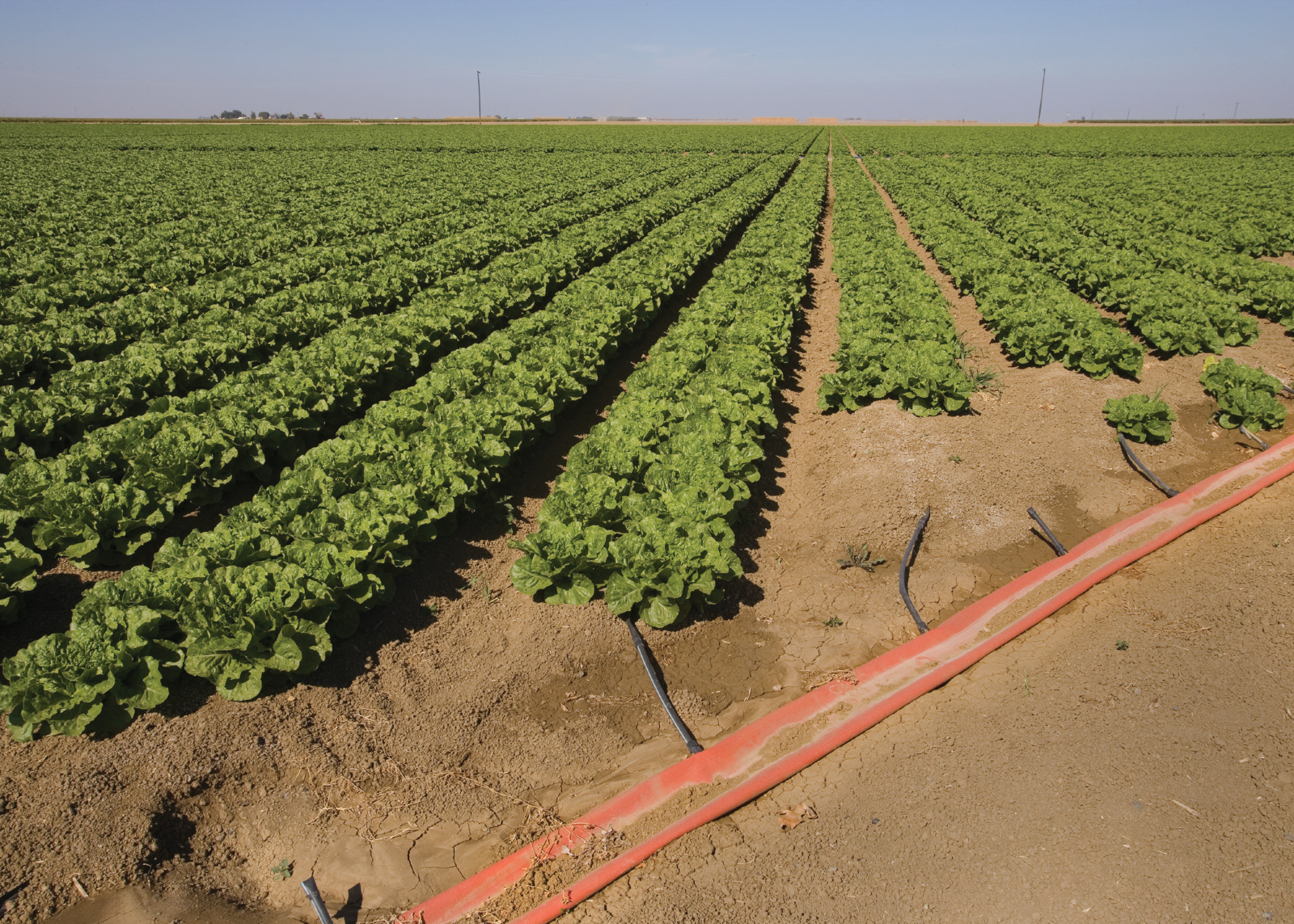Home » Session 3: Examples of Sustainable Agriculture Practices
Sustainable Agriculture and its Implementation in Hong Kong
Session 3: Examples of Sustainable Agriculture Practices
In alignment with the five sustainable food and agriculture principles suggested by the United Nations Food and Agriculture Organization, sustainable agriculture practices take many forms and may vary based on local contexts. Below are examples of some common practices that contribute to farming profitability, environmental stewardship and rural livelihood.
Multiple Cropping
Multiple cropping is the growing of different species of crop on one piece of farmland. Application of multiple cropping include intercropping, crop rotation, and more. These practices can reduce the impacts of drought and disease, increase the variety of production, and stabilise yields (Riyo, 2018).

Soil Conservation
Soil conservation is the practice of preventing erosion as well as nutrient loss in soil. Practices like planting windbreaks, applying perimeter runoff control, strip cropping, no-tillage farming, and cover cropping with leguminous crops can effectively conserve the soil.

Photo by Erwin Cole, USDA Natural Resources Conservation Service
Water Conservation
Water conservation include practices to increase water use efficiency in agriculture such as drip irrigation, spray irrigation, sub surface irrigation, as well as proper irrigation scheduling and crop choices.

Creative Commons Attribution Non-Commercial No Derivatives license at
https://creativecommons.org/licenses/by-nc-nd/3.0/

Retrieved May 14, 2019, from http://www.fao.org/in-action/agronoticias/detail/en/c/1136462/

Source: Jeff Vanuga/USDA/NRCS
Natural Pest Management and Integrated Crop-livestock System
Animals play an integral role in sustainable farming systems. Besides the enhancement of biodiversity, predator-prey relationships are helpful for pest control (for example, the traditional Rice-Fish-Duck farming system in Guizhou, China is effective for pest control), and livestock can provide regular income for farmers. The outputs of livestock are often returned as essential inputs to the farm production system, as an important source of plant nutrients and providing the organic matter necessary for erosion control.
Community Supported Agriculture
Community agriculture supports local production by fostering collaboration and the formation of partnerships between farmers and local consumers on seasonal products delivery. This kind of marketing and socio-economic business model between food producer and consumer allows farmers to meet local demand with local produce, while creating alternative opportunities for the farmers to maintain a higher profitability.
To better understand how to apply these sustainable agricultural practices for implementing sustainable agriculture, take a look at this video "5 ingredients to sustainable coffee production" produced by FAO: https://www.youtube.com/watch?v=t0syuNp4H90
Read more:
IFOAM. (n.d.). Community Supported Agriculture (CSA). Retrieved from https://www.ifoam.bio/en/community-supported-agriculture-csa
Poisot, A., Speedy, A. and Kueneman, E. (2004). Good Agricultural Practices – a working concept: Background paper for the FAO Internal Workshop on Good Agricultural Practices. Retrieved from http://www.fao.org/3/ag855e/ag855e00.pdf
Sustainable Agriculture Research and Education (SARE). (n.d.). What is Sustainable Agriculture? Retrieved from https://www.sare.org/Learning-Center/SARE-Program-Materials/National-Program-Materials/What-is-Sustainable-Agriculture
Woods, T., Ernst, M., and Tropp, D. (2017). Community Supported Agriculture – New Models for Changing Markets. U.S. Department of Agriculture, Agricultural Marketing Service. Retrieved from https://www.ams.usda.gov/sites/default/files/media/CSANewModelsforChangingMarketsb.pdf
Continue to “Session 4: International and Local Initiatives on Sustainable Agriculture”
© 2019 Centre for Civil Society and Governance at The University of Hong Kong
Except where otherwise noted, contents of this e-case is licensed under a Creative Commons Attribution-NonCommercial-ShareAlike 4.0 License.
![]()


